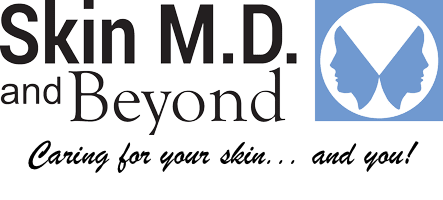Summer days can be harsh in Texas and age our skin prematurely. To remove the dead and sun-damaged cells that make the skin look older and more tired than it actually is, many of us enjoy the benefits of a chemical peel to wake the skin up to a healthier, younger glow.
But, for people with Rosacea finding a safe and effective peel can be challenging. Dr. Wright recommends a Lactic Acid Peel. Derived from a milk product such as buttermilk, sour cream or yogurt, it is one of the mildest forms of chemical peels available. The human body contains lactic acid in its cells which is why it is safer that other acids.
Read on to find out more!
Dr. Fiona Wright’s Tip:
Lactic Acid Peels are a great way to treat superficial skin damage as well as improve redness. I recommend this treatment every 3-4 weeks to revitalize and brighten skin and reversing the clock on aging!
Lactic Peels work like any acid by causing the substance that hold skin cells together to become loose. Since it works only the top layer of the skin, the epidermis, it is not a deep peel. Lactic Acid is one of the most mild of ingredients used in skin peels. Lactic acid is a completely naturally derived substance that is extracted from dairy products like milk and yogurt. For this reason, it is the type of peel I recommend for my patients with Rosacea and sensitive skin. The only discomfort most people experience with lactic acid peels is a slight tingling in the skin as it works. This tingling is a result of the sloughing away of dead skin cells to reveal the more sensitive, younger skin underneath.
Since it is a superficial peel, it does penetrate into deeper skin layers to stimulate and produce new collagen. But some of the skin conditions that can be improved with a lactic peel are: sun-damaged skin, wrinkles that are not too deep, mild acne scars, age spots and brown spots. The perfect solution to remove the damage from our Texas sun!

